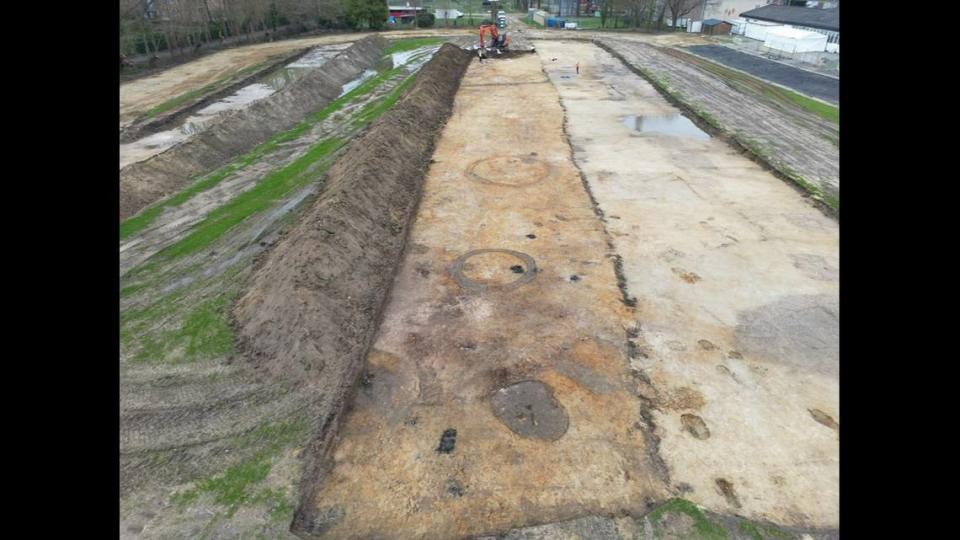Burnt graves full of ancient Roman artifacts uncovered during construction in Belgium
What started as a pre-construction archaeological project in Belgium has evolved into a sprawling excavation uncovering a trove of Roman-era artifacts and ruins, government officials say.
Ahead of refurbishing Sportpark Hubert Van Innis, archaeologists launched an investigation into the area given its location in Elewijt — which was under Roman rule thousands of years ago. Experts expected to find remains, but the extent of their discoveries was surprising, according to an April 25 news release from the Zemst government.
First, as expected, archaeologists unearthed a building and well dating to the Middle Ages, according to officials. They also discovered several burial mounds.

As the excavation continued, though, the burial mounds lead to an extensive burial field dating to the late Iron Age and Roman period, archaeologists said. In total, there were 30 burnt graves buried at the site, complete with a collection of burial artifacts.
Among the graves, archaeologists discovered several earthenware jars, burnt glass and fragments of glass paste from a decorated pin dating to sometime between the second and third century. There were also at least nine circular ditches found — some of which dated to the Iron Age and others that dated to the Roman empire.

Most surprising, experts discovered an open air shrine dating to the early Roman period, they said.
The shrine is a rare find, and it’s been decades since a similar discovery was made in the area, according to experts. It is not yet clear what the shrine was used for, but experts said they plan to work on interpreting and studying its use.
Officials said the project is ongoing.
Zemst is about 10 miles northeast of Brussels.
Google Translate was used to translate a news release from the Zemst government.
Ancient Roman fort found hidden in ‘unassuming’ field near Scottish elementary school
2,000-year-old altars found under water in Italy belong to ancient kingdom, experts say
2,000-year-old Roman coins found on isolated Swedish island leave experts puzzled

